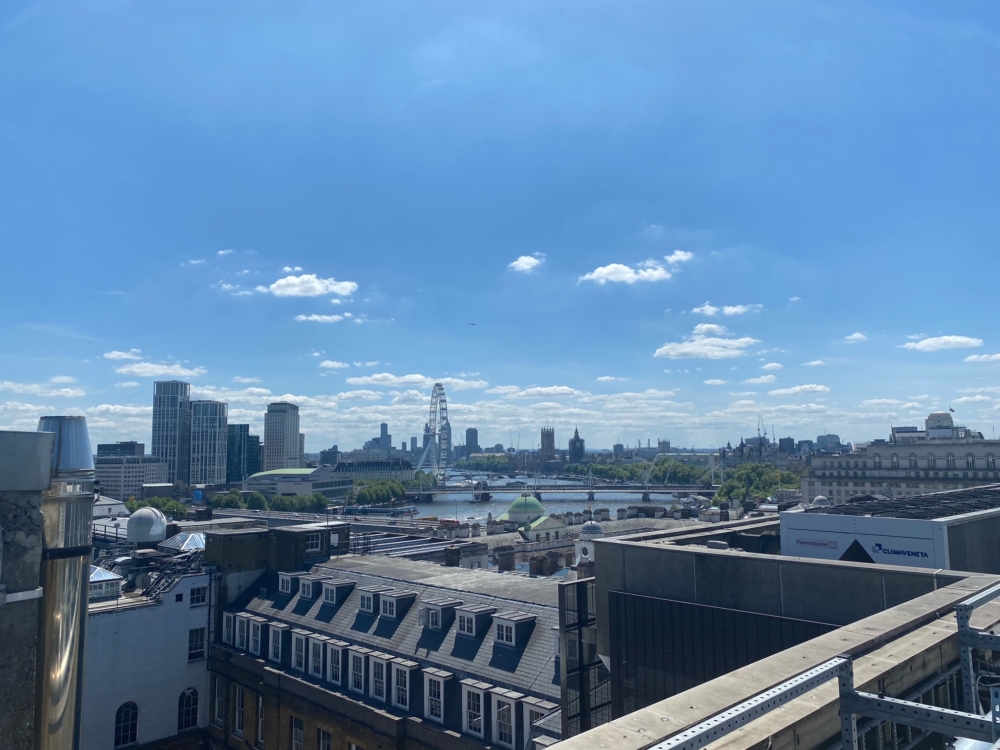
As the world grapples with the lasting effects of the global pandemic, the spotlight is now also on the future of workplace practices and how climate change is reshaping commercial properties. With the return to the office on everyone’s minds, it’s crucial to understand the relationship between commercial buildings and climate change, and explore how these properties can adapt in the face of environmental challenges. This article delves into the topic, providing insights and actionable solutions for businesses.
Is The UK Successfully Fighting Climate Change?
Despite the lockdowns forcing people to stay at home, the level of CO2 in the atmosphere reached record highs in 2020. The urgency to counteract this atmospheric warming has prompted the UK government to set ambitious climate change targets, aiming to reduce emissions by 78% by 2035 compared to 1990 levels. However, a recent report by the Climate Change Committee (CCC) highlights the need for accelerated progress in cutting carbon emissions, emphasising the importance of rapid low-carbon investment and choices.
Carbon Emissions From Commercial Properties
Commercial properties worldwide contribute significantly to global warming, with lighting, heating, and ventilation accounting for over half of their primary energy consumption and carbon emissions. In the UK alone, property heating contributes to approximately 37% of carbon emissions. It’s crucial to explore low-carbon alternatives such as heat pumps and gas boilers to decarbonise buildings effectively. Discover more about decarbonisation strategies in our dedicated article.
The Impact of Climate Change on Commercial Properties
As global warming persists, commercial buildings must adapt to changing environmental conditions. Rising temperatures will necessitate increased air conditioning usage to ensure occupant comfort, leading to higher electricity consumption. Simultaneously, the demand for heating using natural gas and other fuels will decline. This creates a concerning cycle where increased energy consumption for cooling perpetuates global warming. Extreme weather events associated with climate change can also affect energy efficiency, indoor air quality, and thermal comfort. To combat these issues, companies may need to invest in protective measures and upgrade their facilities to reduce carbon emissions.
Smart Buildings And Climate Change
Smart buildings present a significant opportunity to transform commercial properties in response to climate change. By utilising occupancy, temperature, and humidity sensors, smart buildings monitor environmental factors and make real-time adjustments to optimise energy usage. Smart lighting activates only when necessary, while smart HVAC systems intelligently regulate air and heat distribution. Such technologies not only result in substantial energy savings but also contribute to significant reductions in carbon emissions. Discover more about the energy-saving potential of smart buildings in our dedicated article.
Summary
Irrespective of governmental actions, commercial properties must adapt to the challenges posed by global warming. Stricter regulations may necessitate investments in low-carbon solutions, while the absence of appropriate measures could lead to increased energy usage for heating and cooling. Smart technology, low-carbon systems, and retrofitting offer viable avenues for commercial buildings to manage these changes without exacerbating carbon emissions. Contact us to speak with experts about reducing your site’s carbon footprint and discover sustainable solutions for your business.
Share This Story!
If you're looking to partner with Artic Building, then please complete the Working With Artic form here.
Do you have an upcoming project or tender? Then please complete the form below.

